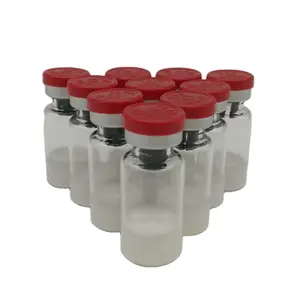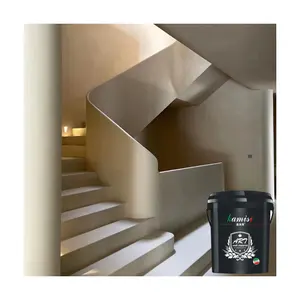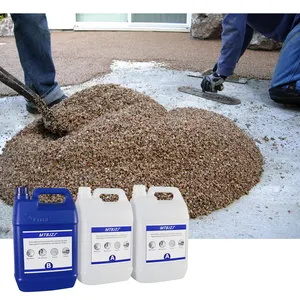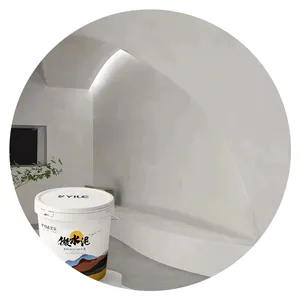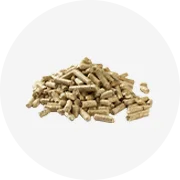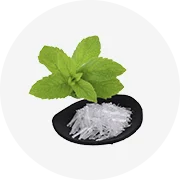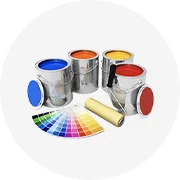आपके उद्योग में लोकप्रिय

































































शीर्ष श्रेणियां
एन सी कटिंग मशीन के बारे में
सी। गुणवत्ता प्रदान करता है। घर पर और प्रयोगशालाओं में शरीर के तरल पदार्थ और अन्य प्रतिक्रिया परीक्षणों के सुविधाजनक परीक्षण के लिए एन सी कटिंग मशीन। इन पदार्थों को विशिष्ट प्रयोगों के लिए प्रणालियों में जोड़ा जाता है, जिसमें गर्भावस्था परीक्षण, रक्त नमूनाकरण और कई अन्य लोगों में तेजी से कोरोनोवायरस परीक्षण शामिल हैं। वे कार्बनिक या अकार्बनिक यौगिकों के साथ मिश्रण या यौगिक के रूप में उपलब्ध हैं। अधिकांश। एन सी कटिंग मशीन किसी सिस्टम में अन्य पदार्थों की उपस्थिति या अनुपस्थिति की जांच के लिए है, और सामान्य संकेतकों में रंग का परिवर्तन शामिल है।
<<> अन्वेषण करें। एन सी कटिंग मशीन विश्वसनीय निर्माताओं से बीमारियों और सिस्टम स्थितियों की लागत-कुशल बड़े पैमाने पर स्क्रीनिंग के लिए। इन रासायनिक अभिकारकों की सुरक्षा, सटीकता और प्रभावशीलता के भंडारण और हैंडलिंग स्थितियों की एक श्रृंखला के लिए अच्छी तरह से शोध किया जाता है।
आकर्षक के माध्यम से ब्राउज़ करें। एन सी कटिंग मशीन और विश्वसनीय डीलरों से अनन्य सौदे उत्पाद सभी परीक्षणों और प्रयोगों के लिए गुणवत्ता-आश्वासन और विश्वसनीय हैं। पैक आकार और मात्रा के साथ-साथ प्रयोगशाला ब्रांडिंग के संदर्भ में बल्क ऑर्डर के लिए अनुकूलन का आनंद लें।
